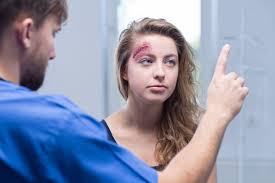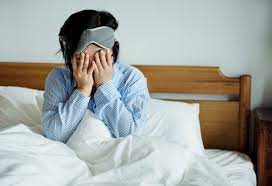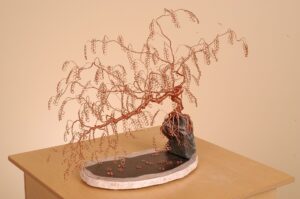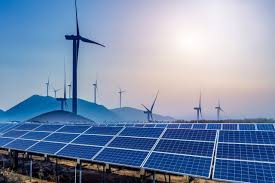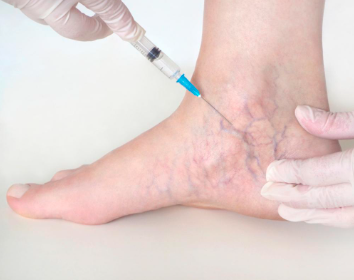
Varicose veins are a medical condition that many individuals encounter, particularly as they age. These twisted, enlarged veins can appear blue or purple, often on the legs, causing discomfort or even pain for some people. While these veins are not always a cause for concern, there are cases where they may indicate underlying circulatory issues that require medical attention.
What Are Varicose Veins?
Varicose veins develop when the valves within veins fail to function appropriately. Veins are equipped with one-way valves that prevent blood from flowing backward. When these valves weaken or become damaged, blood can pool within the vein, causing it to enlarge and twist. They are most commonly observed in the legs and feet due to the pressure exerted on veins in the lower body from standing and walking. This increased pressure can contribute to the development of these veins.
Causes
Several factors contribute to the formation of varicose veins. Genetics appears to play a significant role, meaning that individuals with a family history of the condition may have a higher likelihood of developing it themselves. Certain lifestyles or occupational demands may increase the risk for individuals who stand or sit for long periods, as this limits consistent blood flow in the lower limbs. Another contributing factor includes age, as veins tend to lose elasticity over time.
Symptoms
Varicose veins are visually distinctive. They often appear swollen, enlarged, and twisted, and they might be blue, purple, or darkened in color. Symptoms beyond aesthetic changes may include aching, heaviness, or discomfort in the affected areas. This discomfort tends to worsen after prolonged standing or sitting. Other symptoms that may occur are swelling in the legs or skin discoloration around the vein.
How Are They Treated?
The available treatment options for varicose veins range from lifestyle adjustments to medical interventions. For less severe cases, lifestyle changes are often suggested to help minimize symptoms and prevent the condition from worsening. Elevating the legs during rest, wearing compression stockings, and avoiding extended periods of sitting or standing may all prove beneficial.
Minimally Invasive Procedures
For individuals with more pronounced varicose veins causing discomfort or complications, minimally invasive treatments are frequently advised. These treatments are performed on an outpatient basis, often requiring no overnight hospital stays. Common approaches include:
- Sclerotherapy: A widely used procedure in which a specialist injects a solution directly into the affected veins. This triggers the veins to scar and close, redirecting blood to healthier pathways.
- Laser Treatments: These employ high-energy light to collapse and seal off the targeted veins. This approach is non-invasive and does not require incisions or injections.
- Radiofrequency or Endovenous Laser Treatment (EVLT): This involves the insertion of a thin tube or catheter into the vein. Heat is then applied to seal the vein from within, allowing blood to reroute to unaffected veins.
Surgical Interventions
Minimally invasive treatments are often sufficient. More severe cases may require surgical interventions. These procedures aim to remove or close off the troublesome veins altogether.
- Vein Stripping and Ligation: A surgical method where a surgeon removes the affected veins through small incisions.
- Ambulatory Phlebectomy: Another procedure in which tiny punctures are made to remove smaller veins near the surface of the skin.
Speak to a Cardiovascular Specialist
Addressing varicose veins requires accurate information and guidance tailored to individual needs. Whether the goal is managing mild discomfort or resolving advanced complications, consulting a cardiovascular specialist is a key step toward understanding which treatments are suitable. Specialists can provide a thorough evaluation, offering insights into the most appropriate course of action based on specific symptoms and circumstances.
